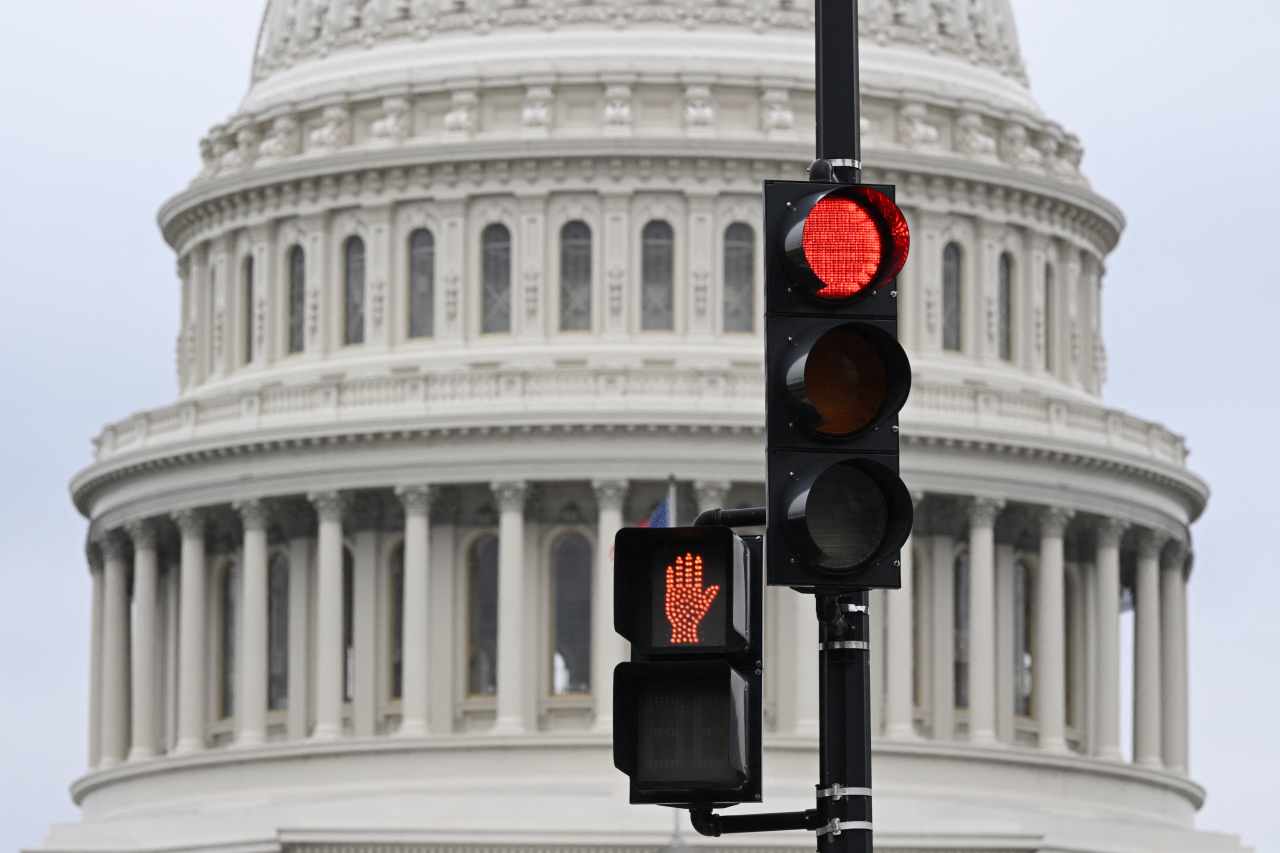Looming U.S. Government Shutdown in October 2025: What It Means for Social Security, Medicare, and Essential Services
As Congress reconvenes after its August recess, the specter of a federal government shutdown looms large on October 1, 2025, unless lawmakers pass funding bills by September 30. With partisan divides deepening, experts warn of disruptions to daily life, though critical benefits like Social Security and Medicare are largely shielded.
Current Status: Congress Races Against the Clock
Lawmakers returned to Washington on September 2, 2025, facing a tight deadline to avert a partial shutdown. The fiscal year ends September 30, and without a continuing resolution or full appropriations, non-essential operations halt. House Republicans and Democrats remain at odds, with debates over spending cuts and policy riders intensifying. A shutdown is “almost certain” without compromise, per analysts, echoing past brinkmanship in March and December 2024.
The Office of Management and Budget (OMB) oversees contingency plans for agencies, updated as needed. These plans classify activities as “excepted” (essential) or “non-excepted” (furloughed).
Social Security: Payments Continue, But Services Limited
Social Security benefits, serving over 67 million Americans, remain uninterrupted during a shutdown. As mandatory spending funded by trust funds, not annual appropriations, checks and direct deposits proceed as scheduled. This includes retirement, disability, and survivors’ benefits.
However, the Social Security Administration (SSA) would furlough non-essential staff, leading to delays in new applications, benefit verifications, and overpayment processing. Field offices might operate with reduced hours, and customer service wait times could spike. Hearings for appeals continue if deemed essential, but backlogs grow.
Medicare and Medicaid: Healthcare Access Preserved
Medicare and Medicaid, covering millions, are also mandatory programs and would function normally. Providers can submit claims and receive payments, ensuring hospitals, doctors, and pharmacies stay operational. Open enrollment for Medicare proceeds without disruption.
The Centers for Medicare & Medicaid Services (CMS) would maintain core functions, but administrative tasks like audits or new policy implementations pause. A prolonged shutdown could strain resources if funding lapses extend.
Other Federal Services: Widespread Disruptions Expected
A shutdown’s ripple effects vary by agency:
SNAP and Nutrition Assistance
The Supplemental Nutrition Assistance Program (SNAP) could face challenges if extended. Initial benefits might continue via contingency funds, but new applications and recertifications delay, potentially affecting 40 million recipients. WIC and school lunches have some buffer, but prolonged closures risk shortages.
TSA and Air Travel
Transportation Security Administration (TSA) screeners, deemed essential, work without pay until resolved. Airports remain open, but longer lines form due to potential absences or morale issues. Air traffic controllers continue, averting flight halts.
National Parks and Public Lands
National parks, monuments, and forests close to visitors, impacting tourism and recreation. Rangers perform minimal maintenance, but facilities shutter, costing millions in lost revenue.
Military Pay and Operations
Active-duty military personnel continue duties without immediate pay disruption for short shutdowns. However, if prolonged, paychecks delay, straining families. Civilian Defense Department workers face furloughs.
Veterans Benefits
Department of Veterans Affairs (VA) benefits, including pensions and disability payments, continue. VA hospitals and clinics stay open. But if funding exhausts by late October, disruptions loom.
Other impacts include halted IRS audits (but tax filing deadlines hold), delayed passports, and paused federal loans.
Expert Opinions and Public Reactions
Experts like those from the Committee for a Responsible Federal Budget note shutdowns cost billions in back pay and lost productivity. “It’s wasteful and unnecessary,” said one analyst. On X, users express frustration: “Shutdown Schumer strikes again,” referencing past blame games. Public polls show widespread disapproval, with calls for bipartisan solutions.
Relevance to U.S. Readers: Economic and Lifestyle Hits
For everyday Americans, a shutdown means uncertainty: federal workers (800,000+ potentially furloughed) go unpaid, hurting local economies. Travel plans disrupt, especially fall foliage trips to parks. Politically, it amplifies election-year tensions, influencing voter sentiment on fiscal responsibility. Technologically, delayed FDA approvals or SBA loans stifle innovation and small businesses.
Outlook: Averting Crisis or Facing Fallout
With negotiations underway, a short-term resolution is possible, but deep divides suggest volatility. If averted, focus shifts to full FY 2026 budgeting; if not, essential services endure while non-essentials grind to a halt. Americans should prepare for potential delays and monitor updates from OMB and agencies.
